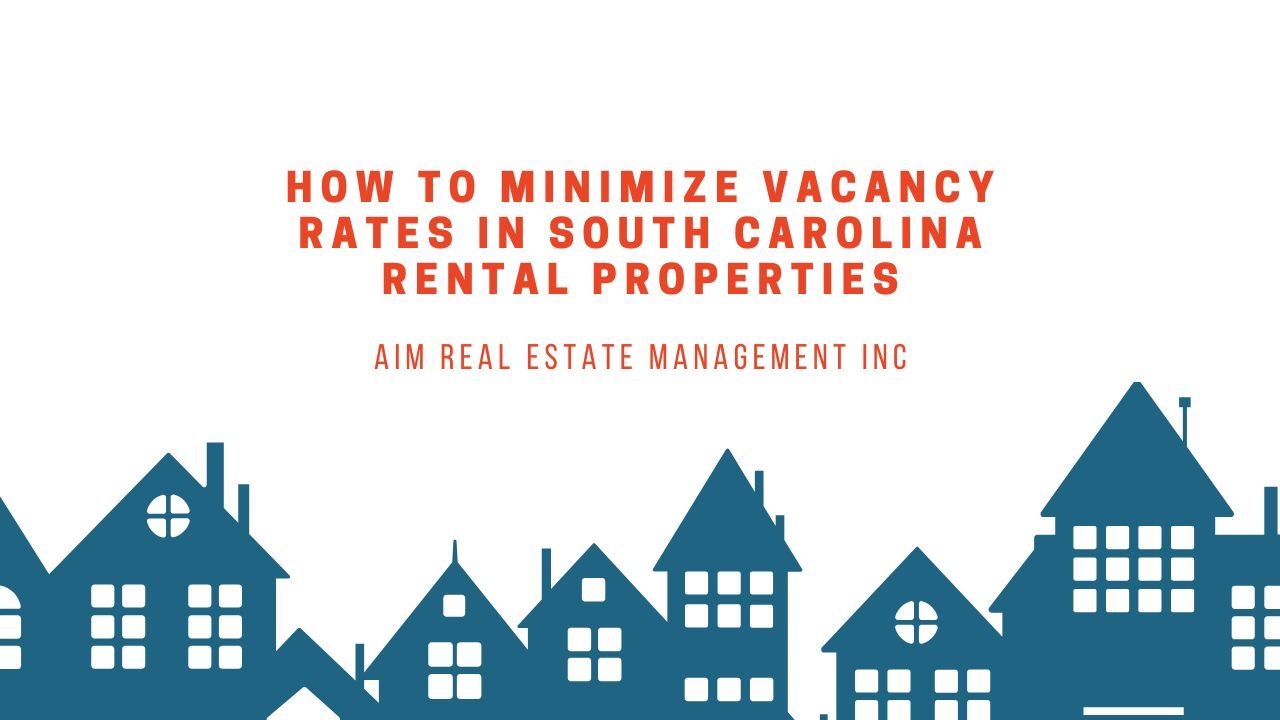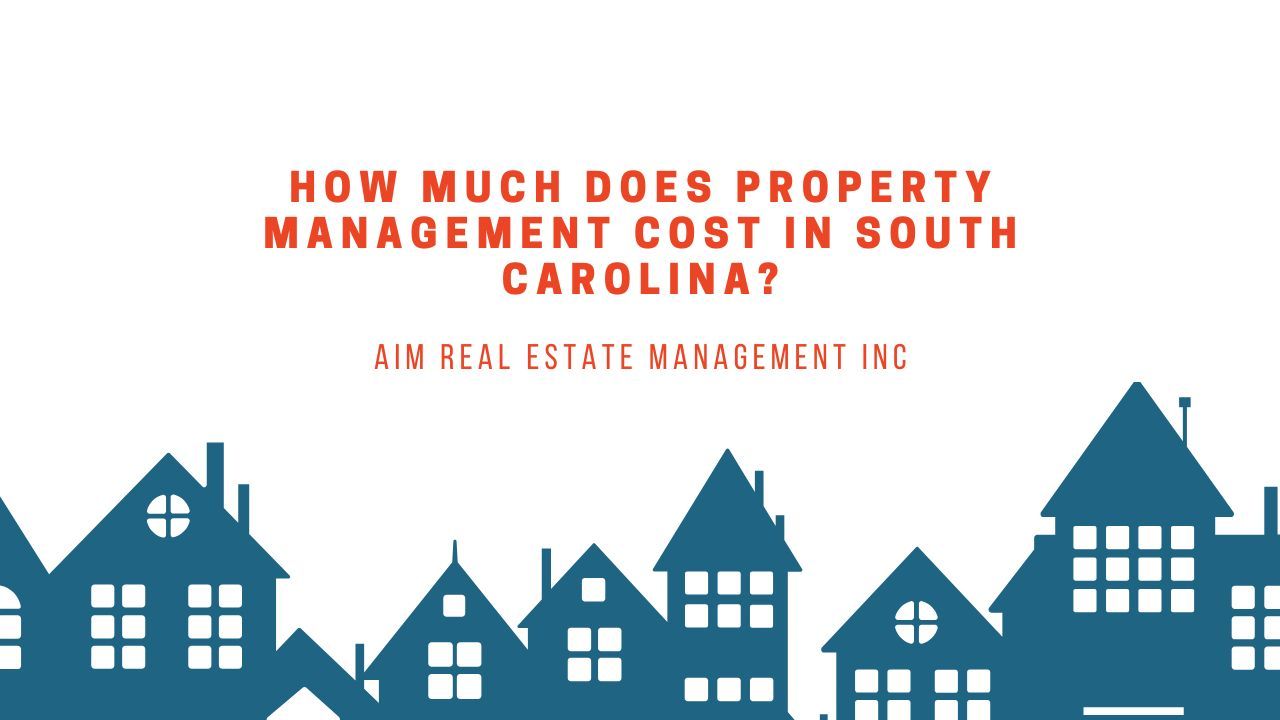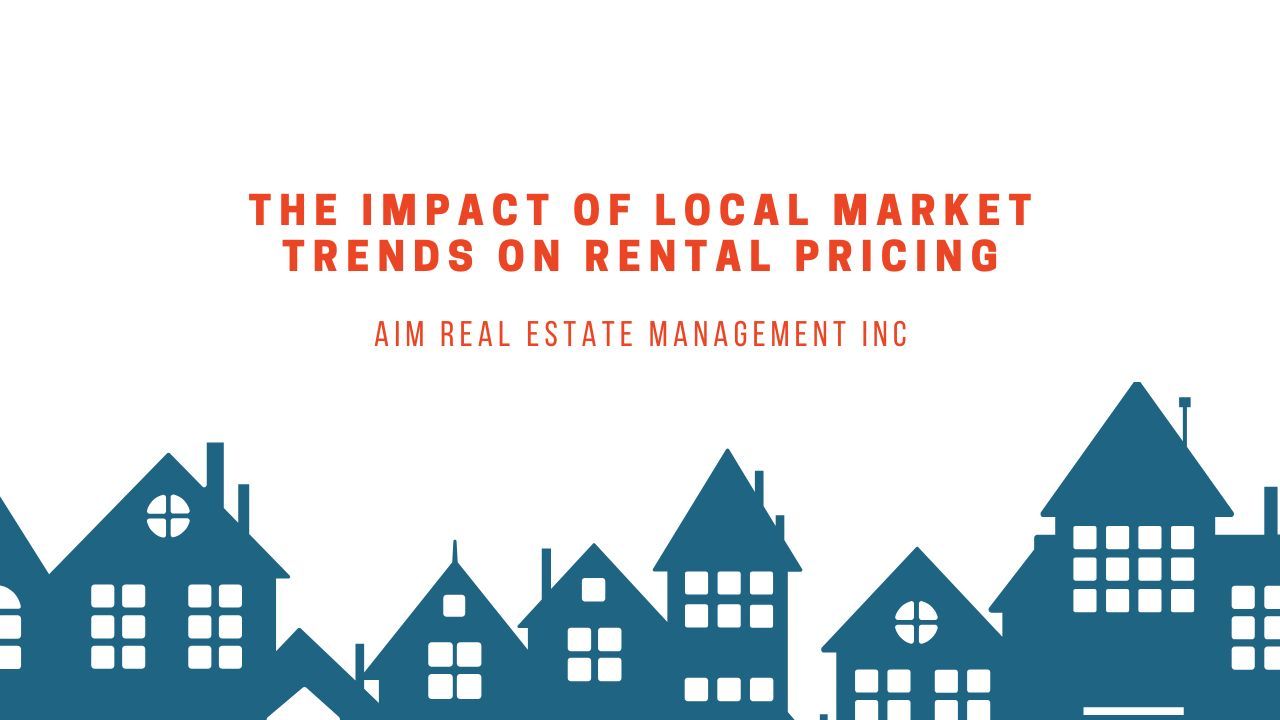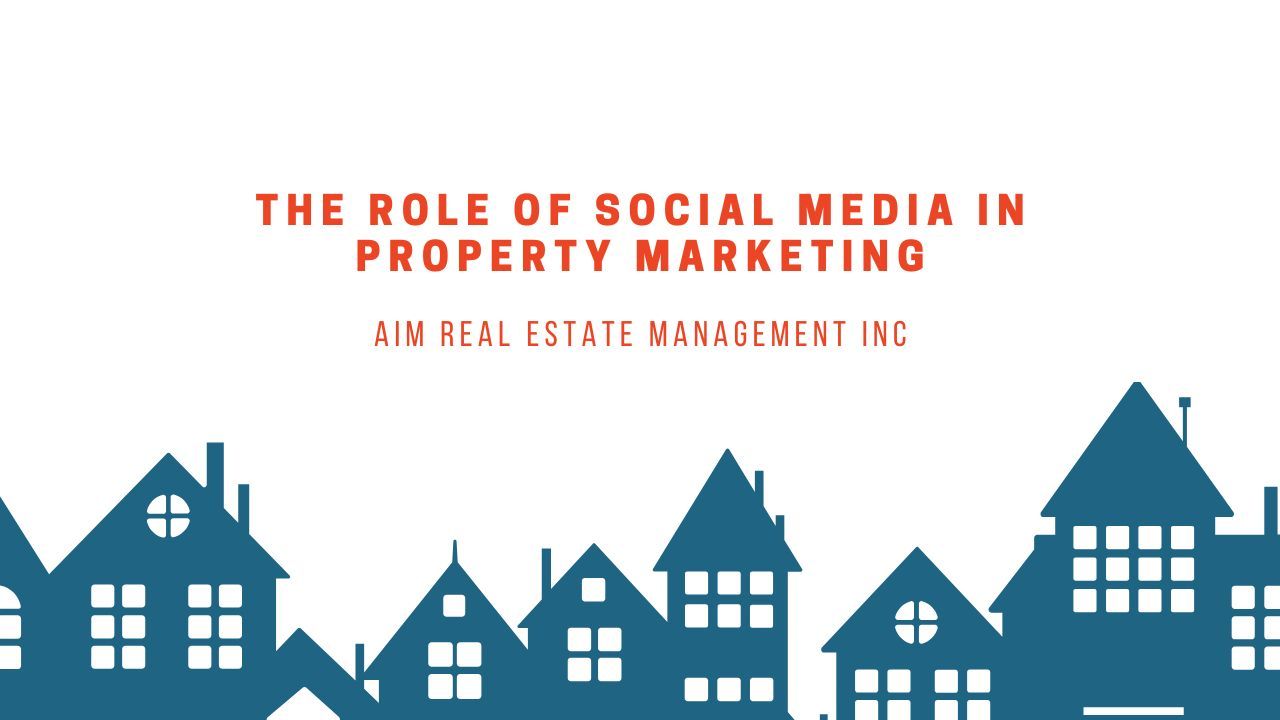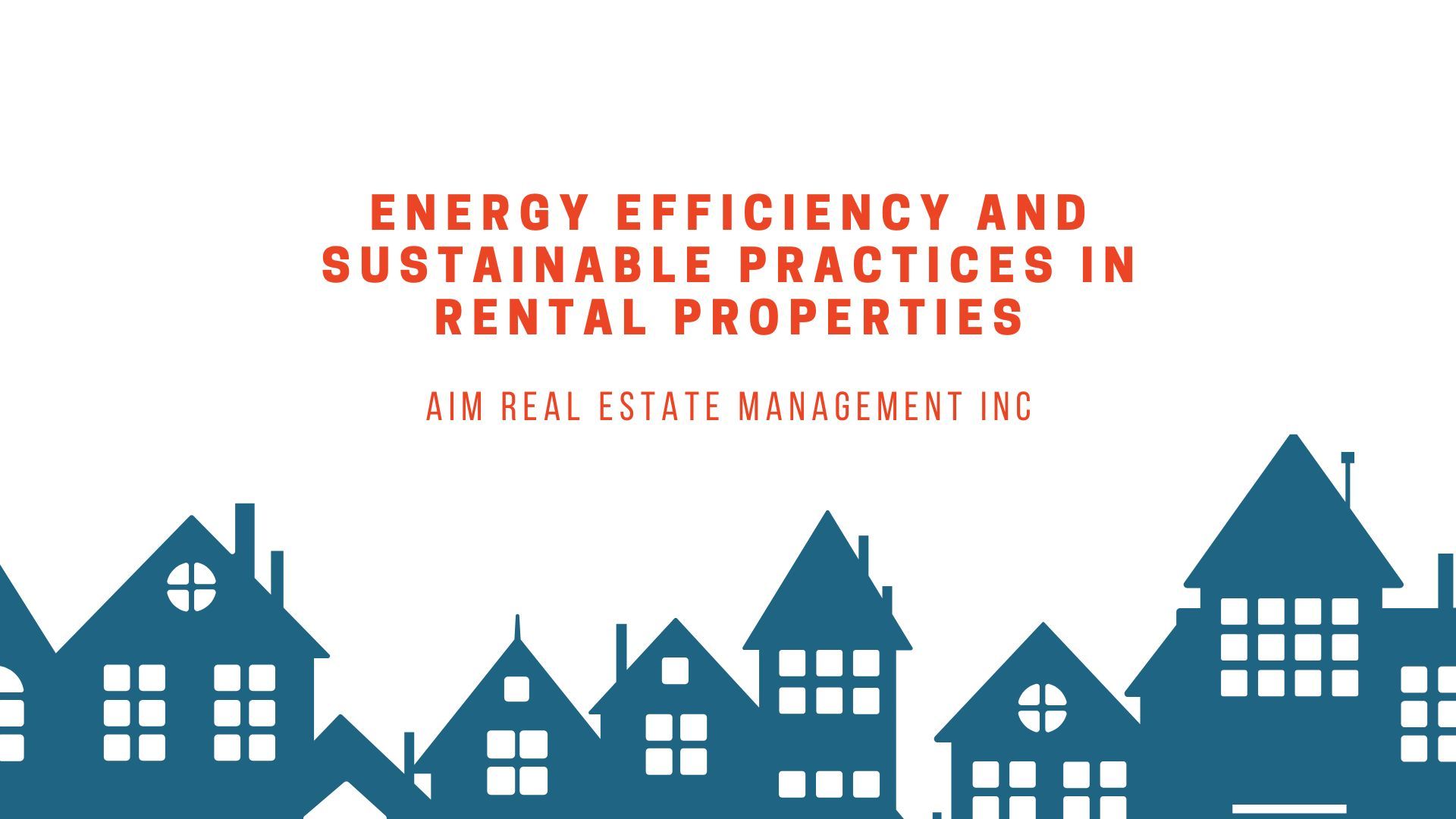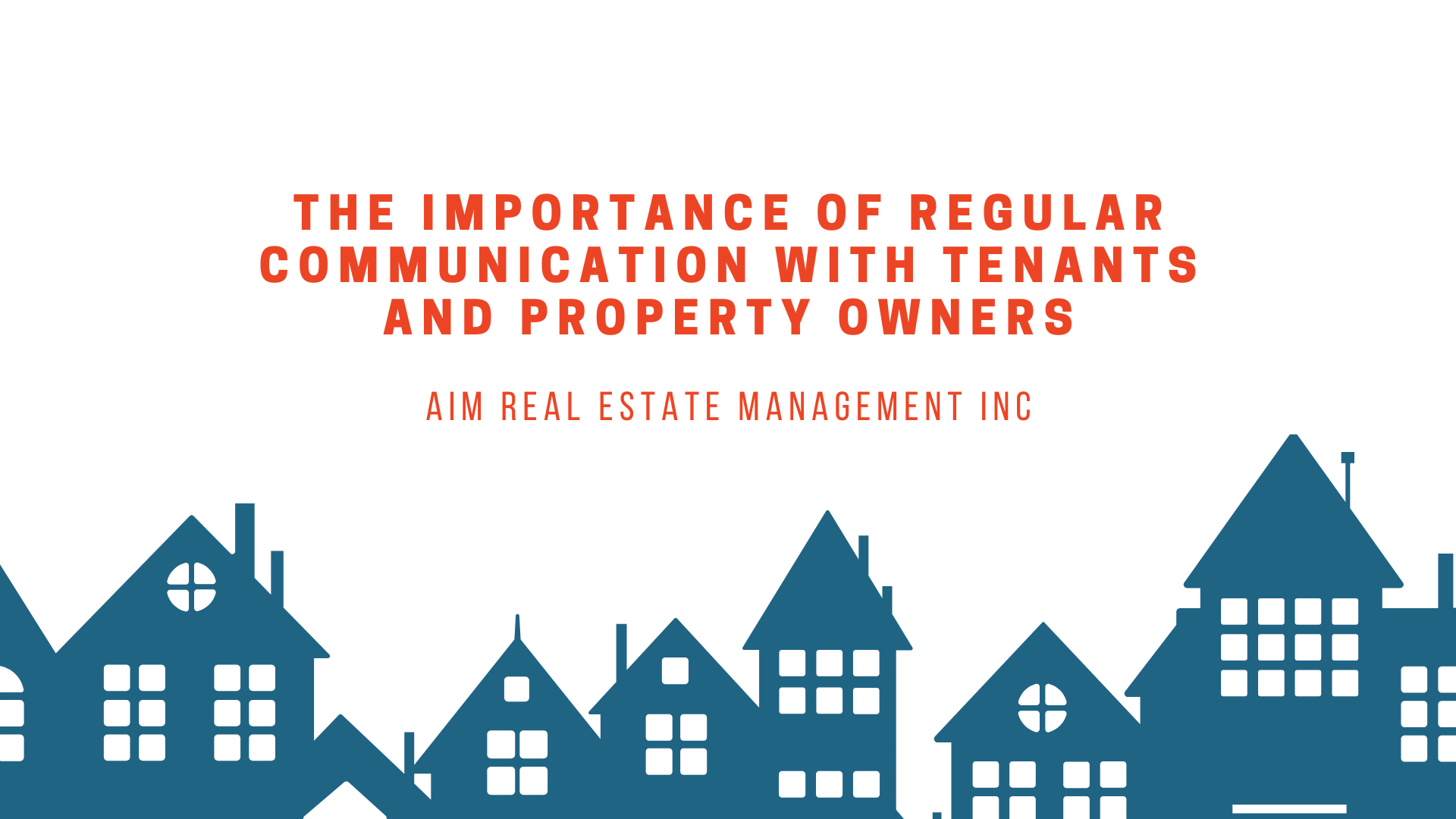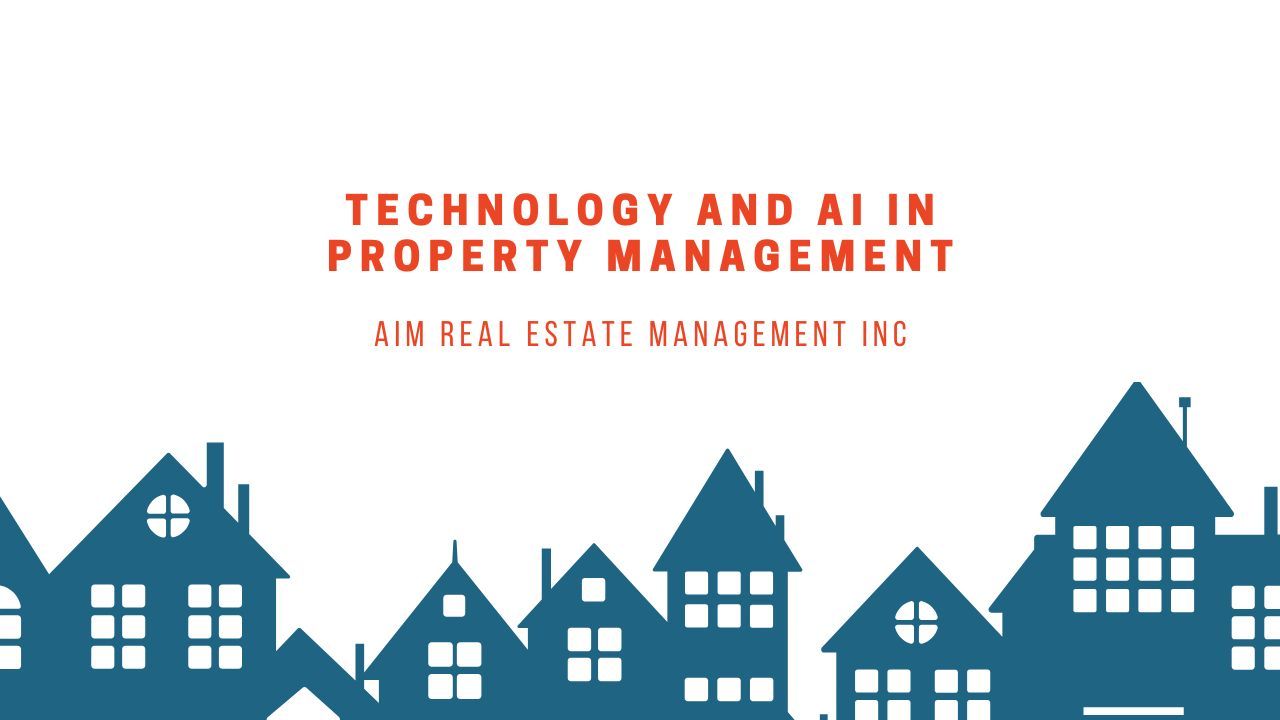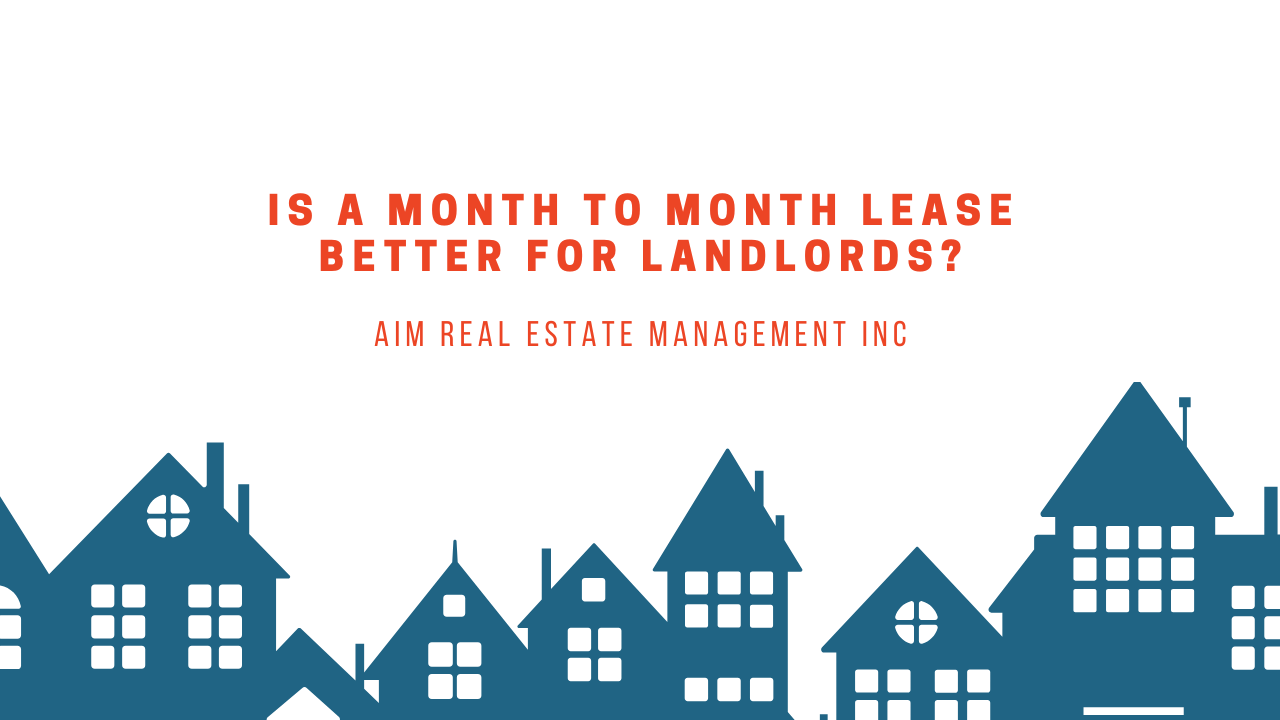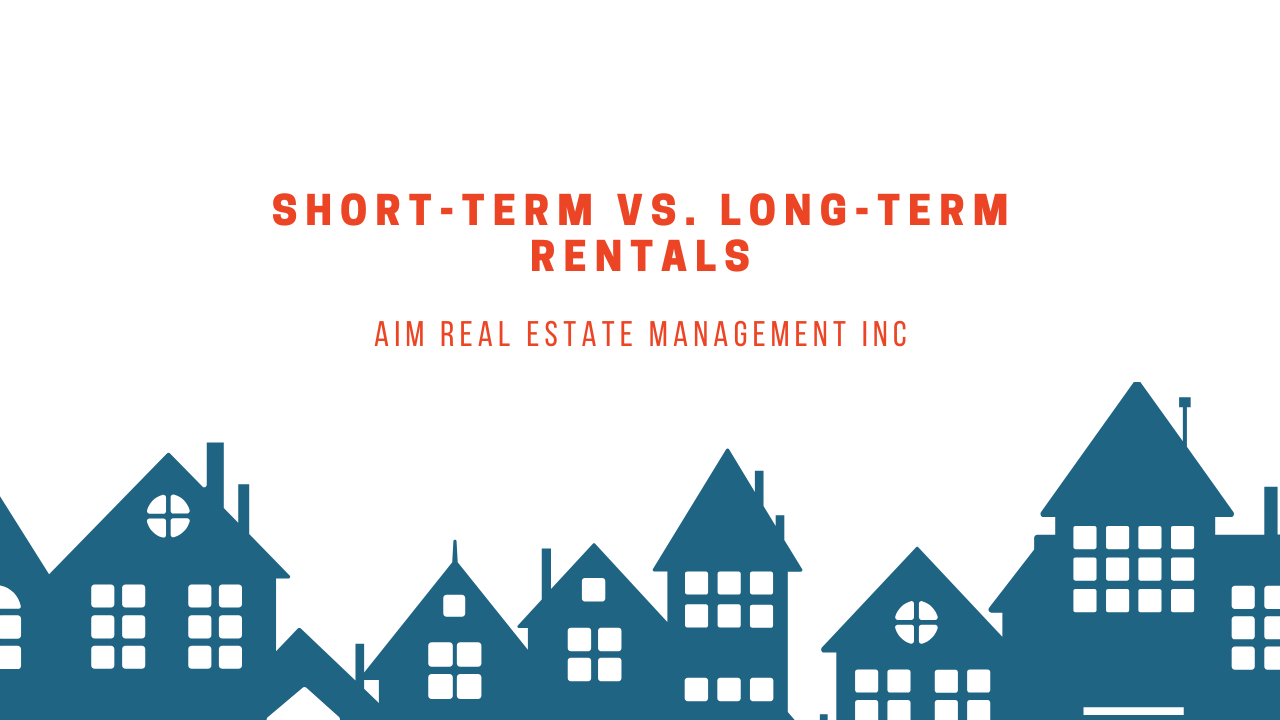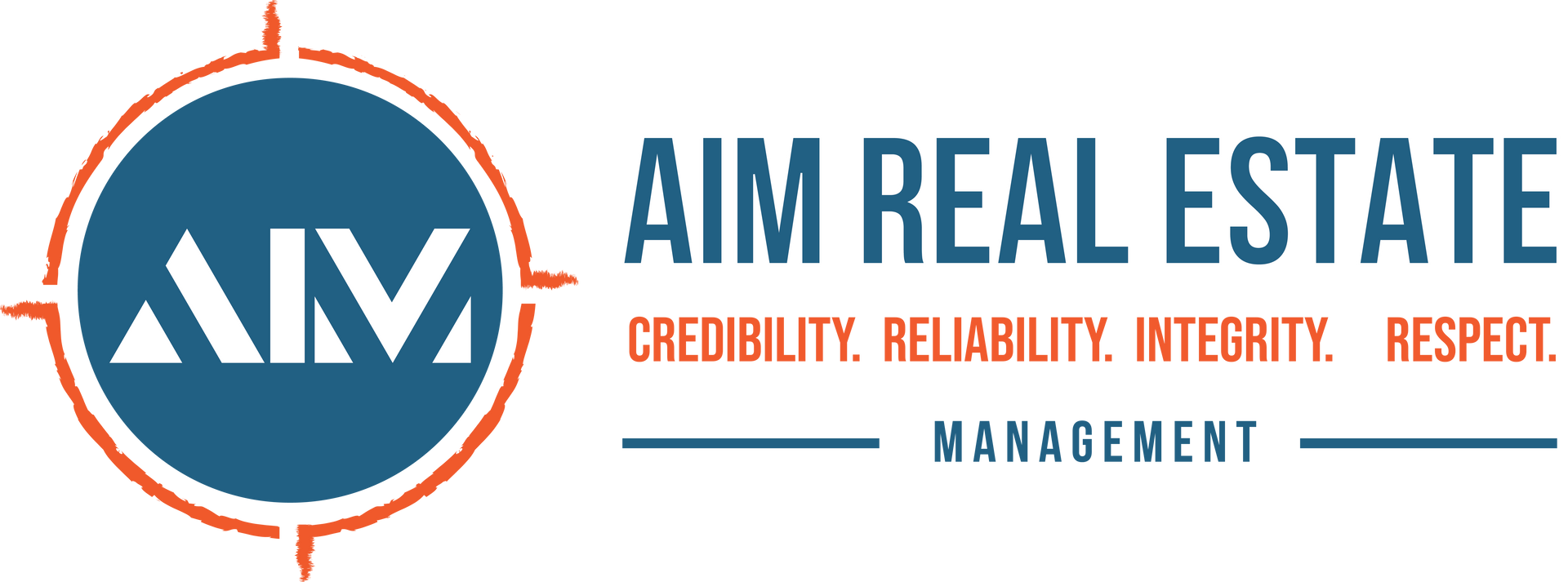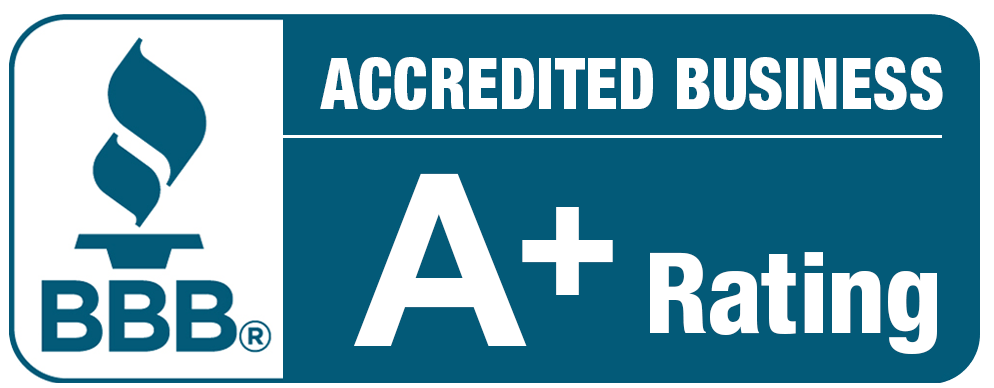How to Transition from Accidental Landlord to Active Real Estate Investor
Key Takeaways
- Mindset Matters: Shifting from a reactive landlord to a proactive real estate investor is the first step in turning property ownership into a sustainable wealth-building strategy.
- Maximize What You Have: Optimizing the performance of your first rental—through market analysis, upgrades, and financial tracking—lays the groundwork for future investments.
- Plan for the Long Term: Establishing clear financial goals, identifying target markets, and choosing a tenant niche ensures your decisions align with a broader investment strategy.
- Treat It Like a Business: Professional property management, legal protections, and ongoing education are essential for scaling your portfolio while minimizing risk.
Many people never plan on becoming landlords. A family home may be inherited, a job relocation may leave a property vacant, or selling a former residence may not have been an option. These scenarios create what’s known as an “accidental landlord.”
While this situation can generate extra income, it often leaves owners reacting to problems rather than strategically building wealth. The real opportunity comes when you shift from being a passive landlord to becoming an active real estate investor with clear goals, systems, and a long-term strategy.
At
AIM Real Estate Management, Inc., we specialize in helping property owners across the Southeast make that transition. Here’s a step-by-step guide to turning chance property ownership into a powerful investment plan.
Step 1: Shift Your Mindset from Landlord to Business Owner
Accidental landlords typically operate on a reactive basis—fielding tenant calls, handling repairs, or chasing rent. Active investors, on the other hand, make intentional decisions based on long-term objectives.
How to make the shift:
- Clarify your objectives. Is your primary goal consistent monthly cash flow, long-term property appreciation, or a balance of both?
- Educate yourself. Learn about rental market trends, financing options, landlord-tenant laws, and tax strategies that can directly impact your bottom line.
- Build a support network. Work with real estate agents, attorneys, accountants, and property managers who specialize in investment properties.
This mindset shift is the foundation for
scaling your portfolio and creating sustainable wealth.

Step 2: Optimize Your First Rental Property
Before expanding, ensure that your current property is performing at its best.
- Conduct a rent analysis. Compare your rates with local market averages. Small upgrades—like fresh paint, modern appliances, or landscaping—can justify higher rent and attract better tenants.
- Evaluate financial performance. Track all income and expenses to calculate net operating income (NOI), yield, and return on investment (ROI).
- Understand your neighborhood. Stay aware of community development, school ratings, zoning changes, and demographic shifts. These factors influence demand and appreciation.
Maximizing one property provides both immediate cash flow and the equity needed to leverage future investments.
Step 3: Establish Clear Goals and a Long-Term Strategy
A rental portfolio, like any business, needs direction. Setting measurable goals ensures you’re not just collecting rent—you’re building wealth.
Key areas to define:
- Financial targets. Set benchmarks such as annual income goals, total property count, or net worth milestones.
- Investment markets. Identify strong markets based on job growth, population increases, or proximity to universities and medical centers.
- Tenant niche. Choose your focus—families, young professionals, students, or vacation renters—each group carries different risks and rewards.
- Financing plan. Explore mortgage options, investor-focused loans, or using equity from existing properties. A skilled mortgage broker can unlock creative financing solutions.
- Exit strategy. Decide whether you plan to sell, refinance, or pass properties to future generations.

By aligning daily decisions with long-term goals, you create a roadmap to financial success.
Step 4: Professionalize Property Management
Owning rental property should be treated as a business, not a hobby. Systems, structure, and professional support are what make growth possible.
- Form a legal structure. Many investors use an LLC or corporation to protect personal assets and benefit from tax advantages.
- Build a trusted team. Contractors, attorneys, and property managers help streamline operations while reducing risks.
- Use management systems. Digital platforms for rent collection, lease tracking, and maintenance requests keep everything organized.
- Consider hiring a property manager. A professional manager allows you to focus on strategy and growth instead of late-night repair calls.
At AIM Real Estate Management, Inc., we provide property management solutions that reduce stress and free up your time to focus on portfolio expansion.
Step 5: Commit to Continuous Leavening
Real estate markets are constantly evolving. The most successful investors treat education as an ongoing commitment.
- Attend events. Local meetups, conferences, and landlord associations provide fresh insights and valuable connections.
- Stay updated. Books, podcasts, and industry blogs highlight market shifts, financing strategies, and new laws.
- Engage online. Platforms like BiggerPockets or regional forums allow you to share experiences and learn from peers.
- Monitor compliance. Landlord-tenant laws, fair housing regulations, and tax codes vary by state and change often—staying compliant is essential.

The Bottom Line: From Chance to Choice
Becoming an accidental landlord may not have been part of your plan, but it doesn’t have to stop there. With the right mindset, clear goals, professional systems, and continuous learning, you can transform a single property into a well-structured investment business.
At AIM Real Estate Management, Inc., we help property owners move from reactive landlords to confident investors. Whether you’re in South Carolina, Georgia, or across the Southeast, our team is here to guide you every step of the way.
Ready to unlock the full potential of your rental property? Contact
AIM Real Estate Management, Inc. today to learn how we can help you grow your real estate portfolio.
